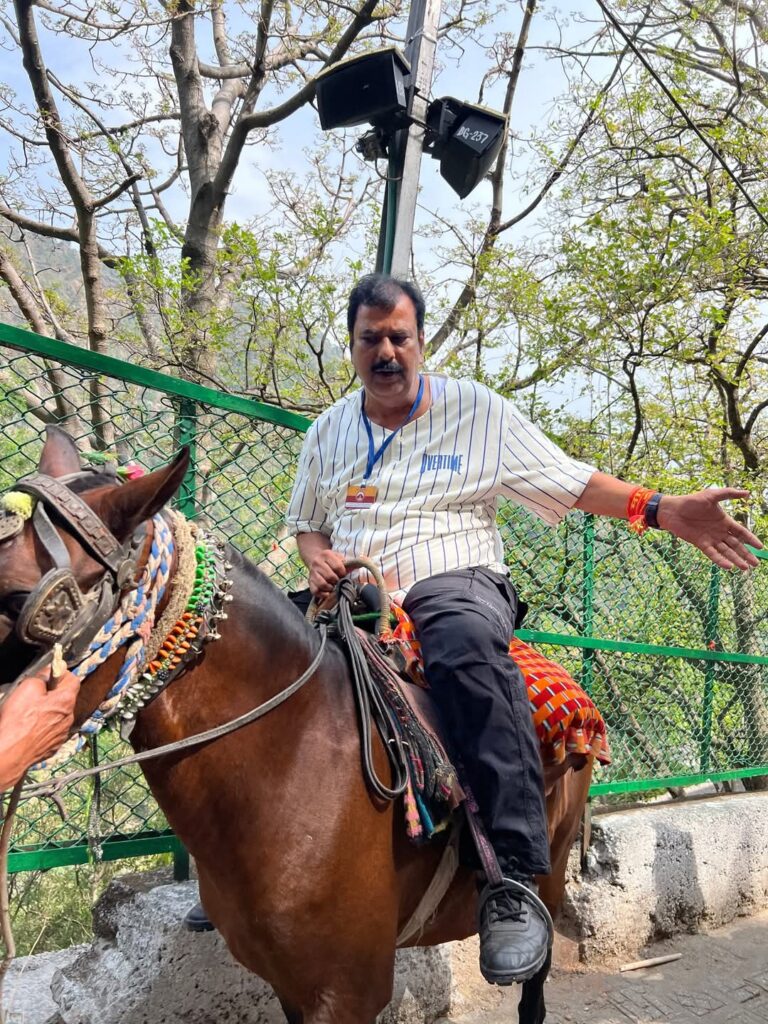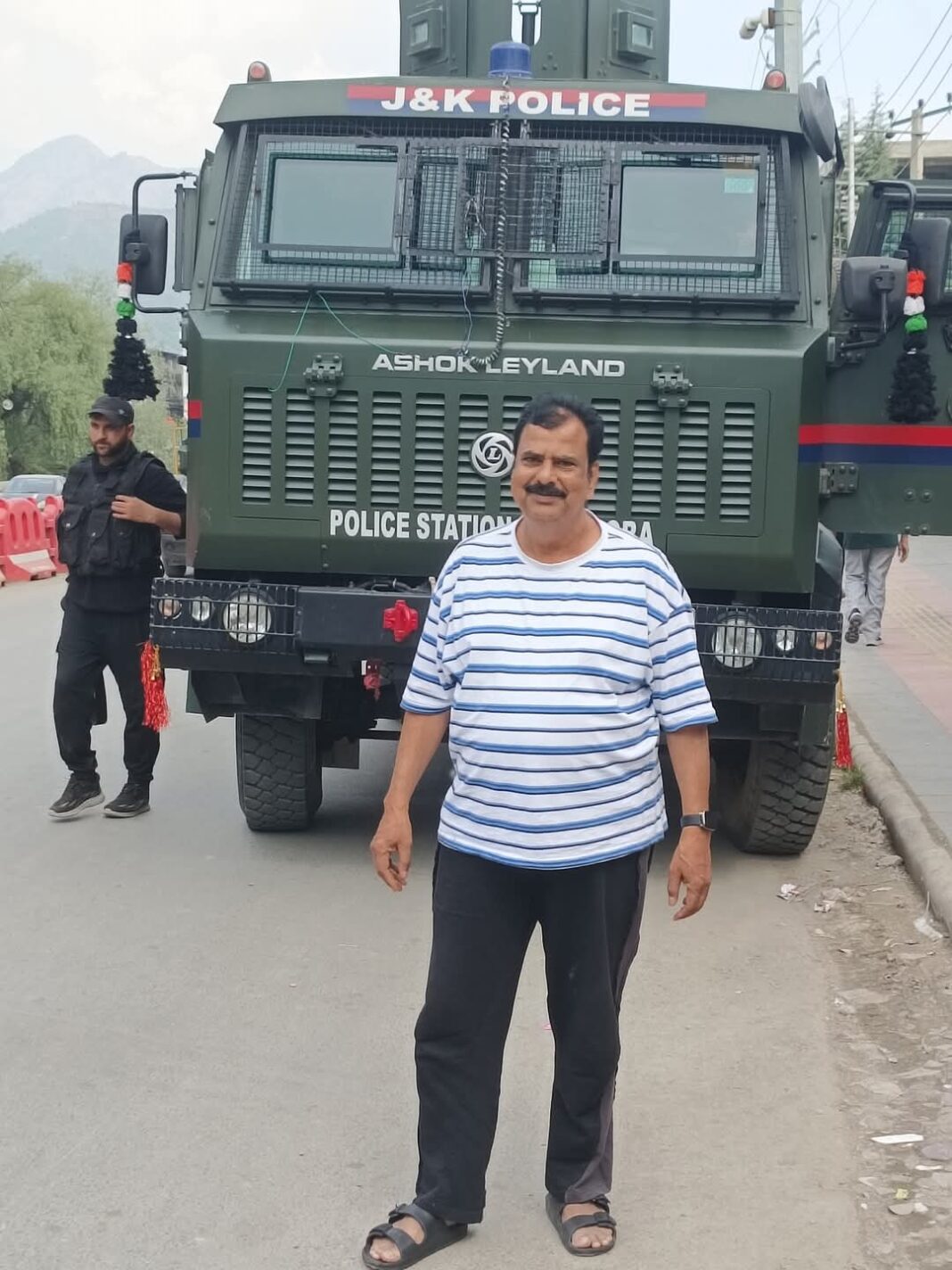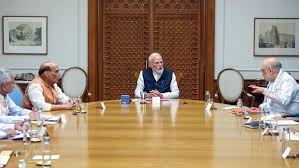Published on: April 23, 2025
By: [BTI]
Location: Rajnandgaon, India
As India continues to mourn the brutal killing of 28 Hindus in a targeted terrorist attack in Pahalgam, a personal account from a tourist present in Kashmir during the incident has gone viral, offering a stark glimpse into the emotional aftermath of the tragedy.
Rajesh Sharma, a senior journalist from Rajnandgaon and former associate of Dainik Bhaskar, was visiting Kashmir with his family and a group of 30 others. The group’s itinerary had included a visit to Pahalgam on April 23, just a day after the massacre occurred. Due to the attack, they were forced to change their plans and take shelter at a hotel in the Rajbagh area of Srinagar.

In an emotional and poignant Facebook post titled “#दहशतगर्दों ने करवाया ‘विश्राम’”, Sharma recounted the surreal silence that fell over Srinagar’s usually bustling streets. “Standing near Abdullah Bridge, I saw streets once full of life now eerily empty. Fear has gripped the valley,” he wrote.
He described how the news of the attack left his group shaken. “We were scheduled to be in Pahalgam today. Hearing about the incident, we trembled with fear and rushed back to our hotel.”
Sharma’s post goes on to narrate the horrifying details of the massacre: husbands shot dead in front of wives, children trampled in the chaos, and families destroyed. “The thought of those who watched their loved ones die right before their eyes haunts me,” he shared.
Local Kashmiris too, Sharma wrote, were deeply affected. From small-time pony operators to local traders, everyone expressed sorrow and condemnation of the terrorists’ actions. “After two decades of relative calm, the resurgence of such violence is a threat not only to the lives of tourists but also to the livelihoods of the local people,” he noted.
He also raised a sobering question: “VIPs travel with heavy security. But what about the common people?” — a sentiment echoed by many in the wake of the attack.
Rajesh Sharma’s powerful words have struck a chord nationwide, encapsulating the pain, fear, and anger of ordinary Indians witnessing this resurgence of terror. His account has not only humanized the tragedy but has also highlighted the emotional toll of such events on those who narrowly escape them.
As the nation awaits further responses from the government and security forces, posts like Sharma’s continue to bring the grim realities of terrorism into sharp, heartbreaking focus.


